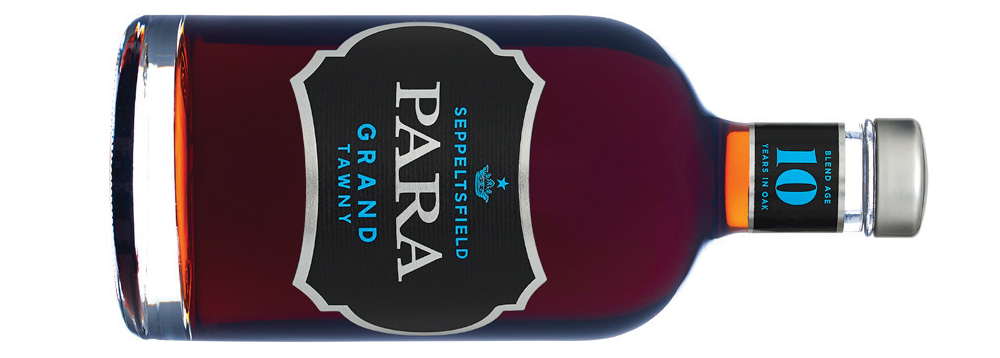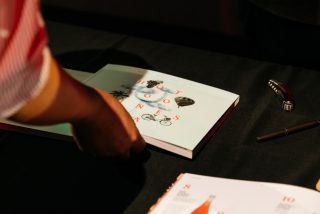Hot 100 Wines: Seppeltsfield's liquid treasure

In 1903, in the course of his survey of the South Australian vintage, Register journalist Ernest Whitington visited Seppeltsfield (proprietor: Benno Seppelt) and noted that the winery had stocks of 150,000 gallons (nearly 700,000 litres) of port and sherry. Some of it is still there.
Although Seppeltsfield no longer belongs to its founding family, the winery complex on the western edge of the Barossa Valley is back in private hands, and among its assets is a unique and extraordinary resource – an uninterrupted sequence of vintages of fortified wine that extends back for 150 years.
“In terms of year-dated tawnies, from 1878 to 2020, it is the longest unbroken line in the world,” says Fiona Donald, Seppeltsfield’s chief winemaker. “The team here very much see themselves
in terms of custodians.”
Donald has charge of the legacy: she is responsible for annually replenishing the stocks of fortifieds (the European Community put the terms “sherry” and “port” out of bounds in 2011) and for supervising the blending of wines held in barrel.
Back in the early 20th century, when fortified wines, especially ports, were the main game in Australian winemaking, Seppeltsfield Para Liqueur Port was one of the most famous and sought-after. Originally identified by the date of the oldest vintage present in the blend and later by a numbered bin sequence, Para Liqueur Port became a fetish for collectors in the 1970s. Although the fashion for drinking fortifieds has since dwindled, Seppeltsfield’s tawnies have survived, and are now produced in three different forms at three different price points.
It was the middle sibling, the Para Rare Tawny, that won the accolades of the Hot 100 judges, who marvelled at the opulence of its dried fruits and spice, kept in perfect balance by citrus acidity. The Rare Tawny, as its neck label proclaims, is made from material more than 18 years old. The senior wine, heir apparent to the Para Liqueurs, is a 21-year-old single vintage wine (current release 1999), while the blended components of the youngest, the Grand Tawny, are all over 10.
The Grand Tawny draws on a solera system, which creates a cascading effect: as wine is drawn off from the older barrels, it is replaced with wine from younger ones, with a 10-year old tawny
used to top up the whole process. Donald calls the Rare Tawny a batch-blended wine – it draws on a “perpetual” blend, adding other aged components deemed to be suitable and then returning the perpetual blend to the barrel.
“The defining feature of Para Rare compared with the Grand,” Donald says, “is that it is much older, sweeter and richer, and we do add a lick of Oloroso Apera, which adds an ethereal high note.”
The tawny base wines are made from the grape varieties traditionally favoured for the purpose in the Barossa, shiraz and grenache, before receiving their shot of fortifying grape spirit.
Thanks to the Centennial Collection– “the jewel in the crown”, says Donald– it is also possible to buy and sample a 100-year old tawny, although it comes, understandably, in frugal quantities
(100 or 375 millilitre bottles) and at a wallet-wrenching price. Evaporative loss means the texture of the wine is akin to treacle, and the intensity of flavour is unforgettable – I had the luck to taste a pipette-full 20 years ago. Visitors to Seppeltsfield can also taste a tawny from
the vintage of their birth year.
Benno Seppelt, who took over Seppeltsfield at the age of 21, went on to create one of the wonders of the 19th century winemaking world. As well as doubling the size of the already capacious bluestone gravity-flow winery built by his immigrant father, he put up a stone
distillery and vinegar works, and added a smithy, cooperage, piggery and poultry house. It was, as one visitor observed, “quite a little town”.
Since Seppeltsfield’s purchase by Warren Randall in 2008, the village feel has been revivified, and a range of artisanal businesses now occupy the compound– Fino restaurant sits alongside a studio/ gallery outpost of JamFactory, and other tenants include olive oil–based food and cosmetics producer Vasse Virgin and Owen Andrew’s kitchen and function- catering
operation.
“There’s lots to do, rather than just taste wine,” Donald says.
But the heart of Seppeltsfield remains Benno’s Centennial Cellar, with its serried ranks of white-ended oak barrels. Nothing lasts forever, but at least the Para tawnies are offering some stunning, sticky resistance to the flow of time.
